Picture this: a strobe-lit warehouse in East London, 3 a.m., where 21-year-old producer ElyOtto is behind the decks, dropping a beat that sounds like a piñata stuffed with glitter and chaos. The crowd—decked in platform boots and holographic eyeliner—loses it as “SugarCrash!” hits, a sugar-rush mix of distorted vocals, 8-bit bleeps, and bass that thumps like a caffeinated heartbeat. This is hyperpop in 2025, and it’s not just back—it’s rewriting what pop can be.
Hyperpop, the genre that erupted in the late 2010s with pioneers like 100 gecs and Charli XCX, is having a neon-soaked renaissance. Born in SoundCloud’s chaotic underbelly, it’s the sound of the internet’s id: maximalist, unhinged, and gleefully weird. After a brief lull—some called it “dead” by 2023, per Pitchfork—it’s surging again, fueled by bedroom producers and a TikTok generation craving sounds as bold as their FYP. “It’s pop music on a sugar high, breaking every rule,” says Namasenda, a PC Music artist whose 2024 track “Wanted” exploded online.
The stats scream revival. In 2024, Spotify’s “Hyperpop” playlist saw a 40% spike in streams, while #hyperpop on TikTok hit 3 billion views, with fans splicing tracks into dance challenges and anime edits. X buzzes with posts hyping acts like Slayyyter and umru, whose glitchy collabs soundtrack everything from fashion runways to Roblox raves. In a world of economic dread and algorithm fatigue, hyperpop’s chaotic joy feels like a rebellion against monotony.
What’s fueling this? Cheap tools, for one. Free DAWs like FL Studio let kids craft pro-level tracks from their bedrooms. “I learned production on YouTube tutorials,” ElyOtto told Billboard in 2021, a sentiment echoing across the scene. Social media’s a game-changer—artists drop snippets on X or TikTok, tweaking tracks based on fan feedback in real time. “It’s like the crowd’s producing with me,” says umru, whose beats underpin hits by Charli XCX.
The genre’s fearless spirit defines it. Hyperpop thrives on excess—think autotuned screams, pitch-shifted synths, and lyrics that swing from absurd (“I’m a Wi-Fi warrior, baby!”—Fraxiom) to raw (“Why’s my heart a 404 error?”—Namasenda). It’s inclusive, and anti-mainstream, with artists like Dorian Electra and SOPHIE’s protégés pushing gender norms and sonic boundaries. “Hyperpop’s for anyone who’s ever felt like a glitch in the system,” Namasenda told Deezer in 2023. “It’s our space to go feral.”
The live scene’s electric. Forget arenas—hyperpop thrives in DIY venues, pop-up raves, and Twitch concerts. At a recent Food House show in Manchester, fans traded glow sticks and screamed along to “Mos Thoser” like it was gospel. The energy’s raw, unpolished, and twice as alive as a stadium gig. “It’s not about perfection,” Fraxiom said on X. “It’s about making people feel alive.”
The hustle’s real, though. Hyperpop’s DIY roots mean artists juggle everything—production, promotion, merch. Streaming payouts—$0.003 a play—push many to Patreon or NFT drops. “I love the chaos, but it’s tough,” ElyOtto admitted in a 2024 interview. Some, like Charli XCX, have gone major-label, sparking X debates about authenticity. Yet the scene stays scrappy, with Discord servers buzzing as artists swap presets and plan collabs.
Where’s hyperpop headed? It’s mutating, blending with drill, emo, and even classical (check That Kid’s orchestral remix of “Coke Zero”). AI tools are creeping in, with producers using neural nets for warped vocal effects. But hyperpop’s unapologetic weirdness endures. As Namasenda puts it, “We’re not here to fit in. We’re here to blow up the speakers.” So, TotalNtertainment readers, next time you’re scrolling X or TikTok and hear a track that sounds like a robot having an identity crisis, don’t skip it. That’s hyperpop, and in 2025, it’s the sound of a generation refusing to play nice. Plug in, glitch out, and join the rave.
.
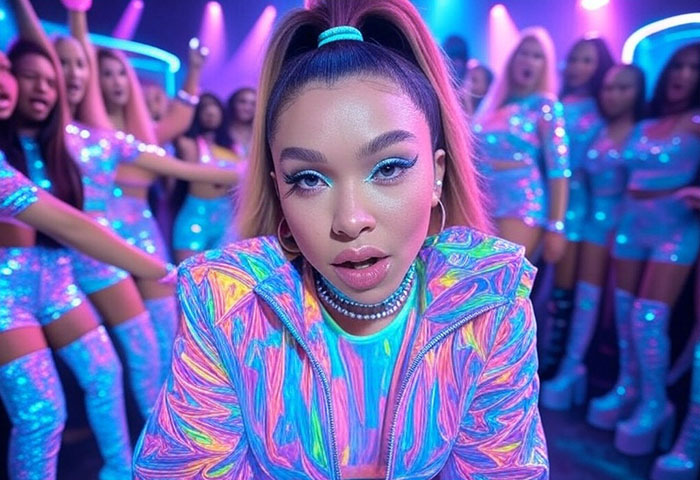


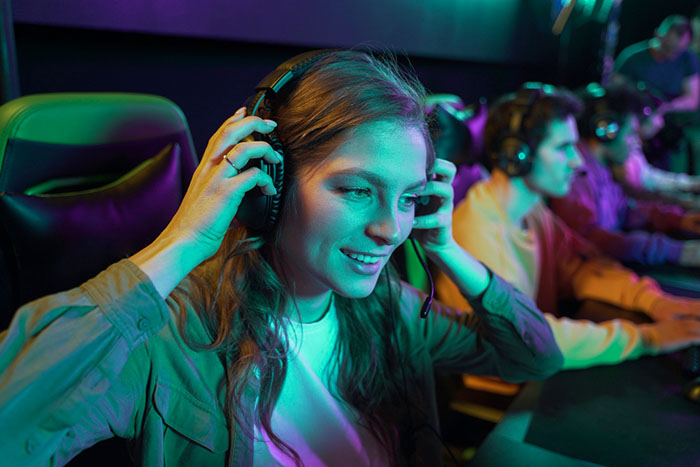

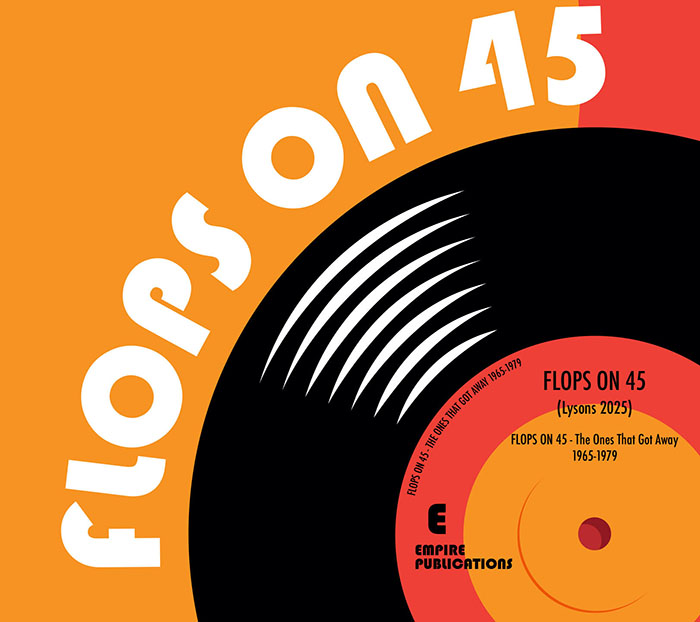
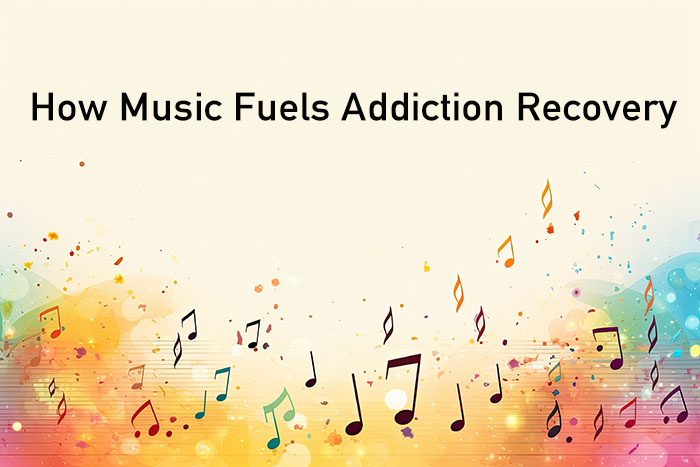
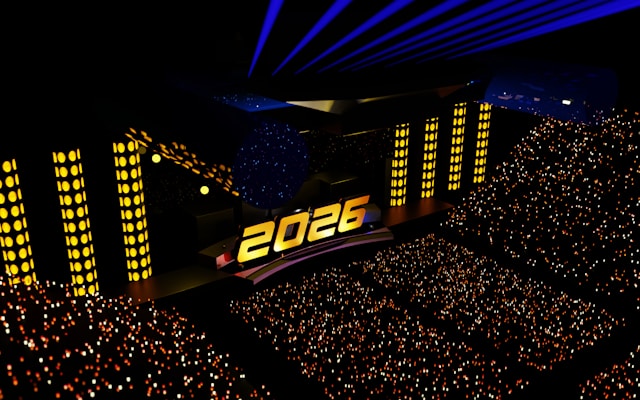
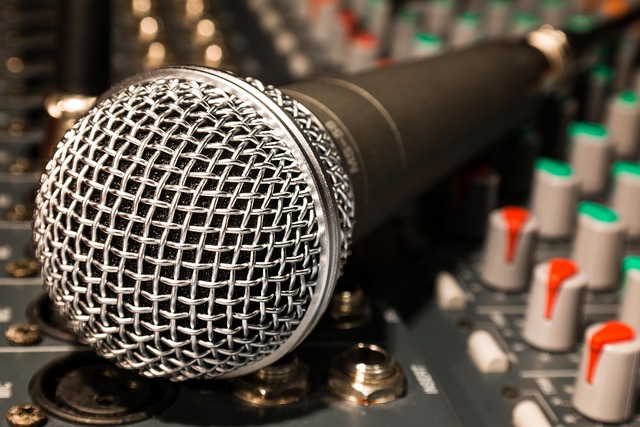
Comments are closed.